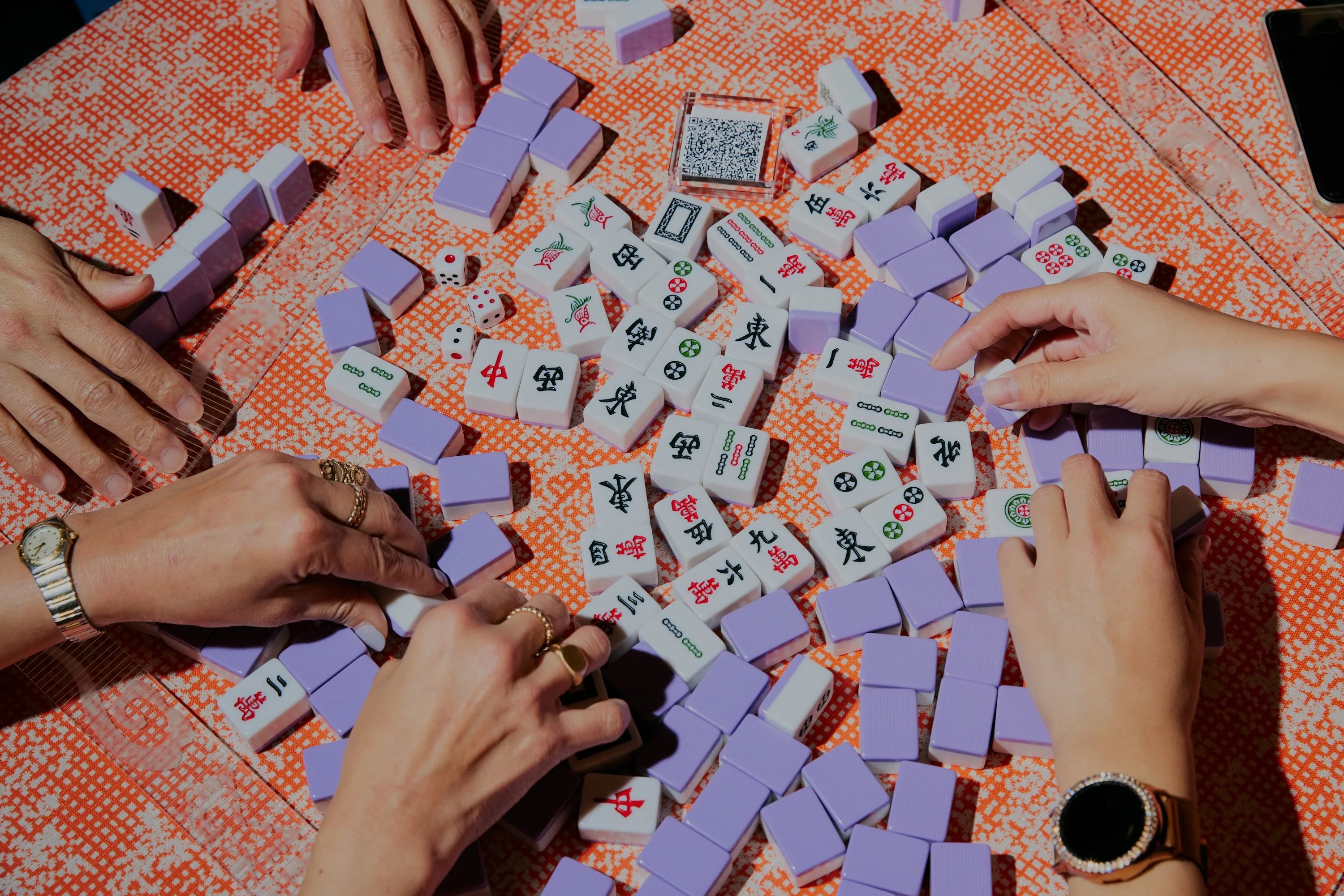“This is fucking insane,” says Gangao Lang. Like many others, the artist has experienced a roller-coaster of emotions since the start of Shanghai’s lockdown. “I feel for the people and the terrible suffering they’re going through, but I am also humored by the situation and harbor some hope. My feelings are entirely different each time; sometimes, they even clash.”
Shanliang, another creative from Shanghai, identifies as an introvert and didn’t think much of the lockdown at first: “I’m nerdy, and I usually don’t go out unless necessary, so I didn’t care much.” The severity of the situation only began to dawn on her with each passing week and no end in sight. “I now realize how much I want to live a normal life with a shred of dignity,” she adds.
Both women are members of WHO, a collective of artists who channel their emotions into sarcastic — and sometimes spine-chilling — short videos.
Their chosen moniker alludes to the World Health Organization. Designed by celebrated artist Li Hanwei, the art collective’s logo even spoofs the agency’s emblem: The snake that symbolizes medicine has been replaced by a carrot — a playful nod to Shanghai’s (often lacking) food relief measures and the increased value of vegetables in these trying times.
The artists emphasize that their project’s name isn’t a criticism of the United Nations agency but a means to address China’s zero-Covid policy, which officials have justified by tallying Covid-related deaths abroad.
According to Xia Chengan, the collective’s unofficial spokesperson, “WHO also sounds similar to Hù (沪), which is one of Shanghai’s nicknames.” He adds that the name also alludes to a recent viral voice recording of a citizen questioning the lockdown policies. “Who gave you the right to do that?” and “Who let you do that?” were the resounding queries on the recording.
By blending comical, amusing, and shocking images, WHO’s lockdown videos convey Lang’s confused mix of emotions. The video art addresses recurring themes of Shanghai’s lockdown, from limited food supplies to shoddy makeshift hospitals and endless Covid tests.
“A lot of things can’t be said directly, but we work the best we can using the language of art,” says Shanliang.
WHO’s lockdown videos have been wittingly designed to bypass AI-powered censorship and increase their chances of going viral.
One means of achieving this is by meshing sensitive footage, audio recordings, and slogans with CGI effects and images from ads, anime, news broadcasts, and cartoon characters — keep an eye out for cameos from the Teletubbies and Doraemon.
“As artists from this country, we know how to use witty sarcasm and metaphors to avoid the censorship of sensitive content,” Xia tells RADII.
The videos can affect anyone going through the lockdown or those who sympathize with the conditions in various ways, from inciting laughter and hope to instigating reflection and even an urge to speak up. Admittedly, the urgency of this situation and the need to create art to address something so tangibly close to them is something new to the artists.
“Many of us are not comfortable creating art based on such personal and time-sensitive issues,” admits Xia. “We’re used to observing social changes in history, sociology, and philosophy in the grand scheme of things.”
Nevertheless, the artists were incited to create WHO because “most of us have never felt a disaster so close to us.”
Even with signs of the lockdown easing up in Shanghai, Xia thinks that WHO will remain relevant, especially on a national level.
“The zero-Covid policy remains unchanged. Even if lockdown were to end in Shanghai, other cities might face the same conditions,” he says. “This project has the potential to live on in different regions of China. We wish for WHO to become a documentation of this period in time.”
You might also like:
 Spring Onions Seize the Spotlight in Exhibition of Shanghai Lockdown ArtAnother day, another collection of comical lockdown art from Shanghai, this time featuring an essential allium in Chinese cuisineArticle Apr 29, 2022
Spring Onions Seize the Spotlight in Exhibition of Shanghai Lockdown ArtAnother day, another collection of comical lockdown art from Shanghai, this time featuring an essential allium in Chinese cuisineArticle Apr 29, 2022
Additional reporting by Lucas Tinoco
Cover image at the courtesy of WHO














